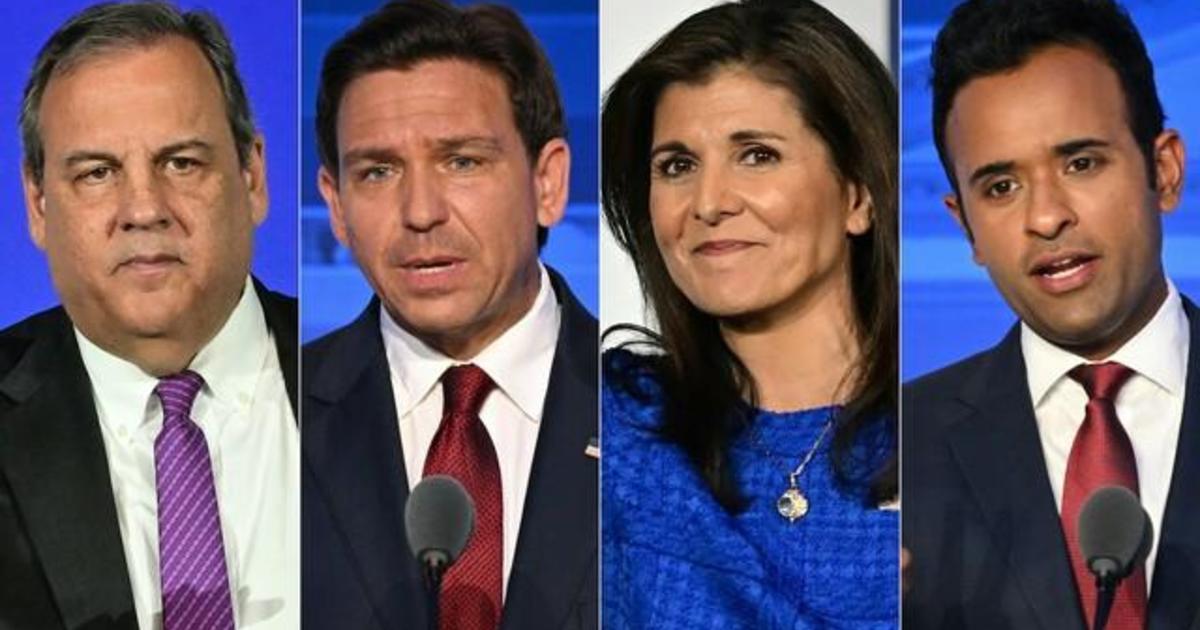SPRINGFIELD, Ill. (WCIA) – When you walk inside the Illinois State Museum, you can see all kinds of exhibits connected to the state.
But some are covered up with a note reading, “Objects are removed from viewing for Tribal Consultation.”
It’s all because of changes to the Native American Graves Protection and Repatriation Act (NAGPRA), a federal law that has been in place for more than three decades.
“One of the things that’s going to affect the museum is that the regulations state that you cannot necessarily display objects that are funerary objects, or sacred objects or objects of cultural patrimony without the express permission of the descendant communities,” Brooke Morgan, a curator of anthropology at the museum, said. “We need to meet with our tribal partners and talk about what they would like to see happen in those exhibits.”
The law requires museums and other organizations to identify Native American human remains as well as funerary and sacred items. Then, they must work with tribes and other Native American organizations to get the items back to where they belong.
This year, final rule changes took effect aimed at making the requirements more efficient.
“In the past, there’s been a few gaps in the previous legislation that really allowed some museums, universities, other organizations an opportunity to kind of pull back the reins and slow walk those returns,” Raphael Wahwassuck, a member of the tribal council for the Prairie Band Potawatomi Nation, said. “Now, with what we have, it kind of addresses some of that need that was identified.”
Some of the rule changes include giving more power to tribes and descendant communities in the repatriation process and getting rid of the “culturally unidentifiable human remains” category. Museums and federal agencies will also have five years from the date of the final rule change to update information on human remains and funerary objects in their collections.
Wahwassuck believes the new changes are a step in the right direction.
“Nothing’s ever perfect,” Wahwassuck said. “There’s always room for improvement. And I will say I recognize that it does increase the workload on the museums and universities and other organizations as well as the tribal nations. And so that I think is the thing that we need to address is, how do we make that more productive for both parties.”
The Illinois State Museum has around 7,000 Native American remains in their collection and they have been working on a big repatriation project over the past several year to return remains to the tribal communities they belong to.
“We’re not taking it upon ourselves to extend the process to make it any longer than it needs to be, but we’re making sure that we’re doing what our tribal partners asked in terms of making sure that every person is accounted for, and all their items are accounted for, and so sometimes the work takes a while,” Morgan said.
Wahwassuck said getting those items back makes all the difference.
“It’s just kind of a sense of relief, kind of a sense of gratitude that we can finally recognize our ancestors and pay them the respects that they deserve,” Wahwassuck said.
Similar efforts have been made at the state level. In August, Governor J.B. Pritzker signed a law aimed at making the process of returning Native American remains and cultural artifacts to the Native American groups they belong to more efficient.
For the latest news, weather, sports, and streaming video, head to WCIA.com.
Signup bonus from




